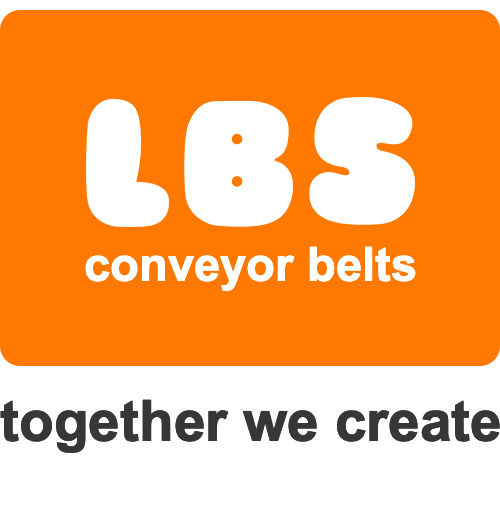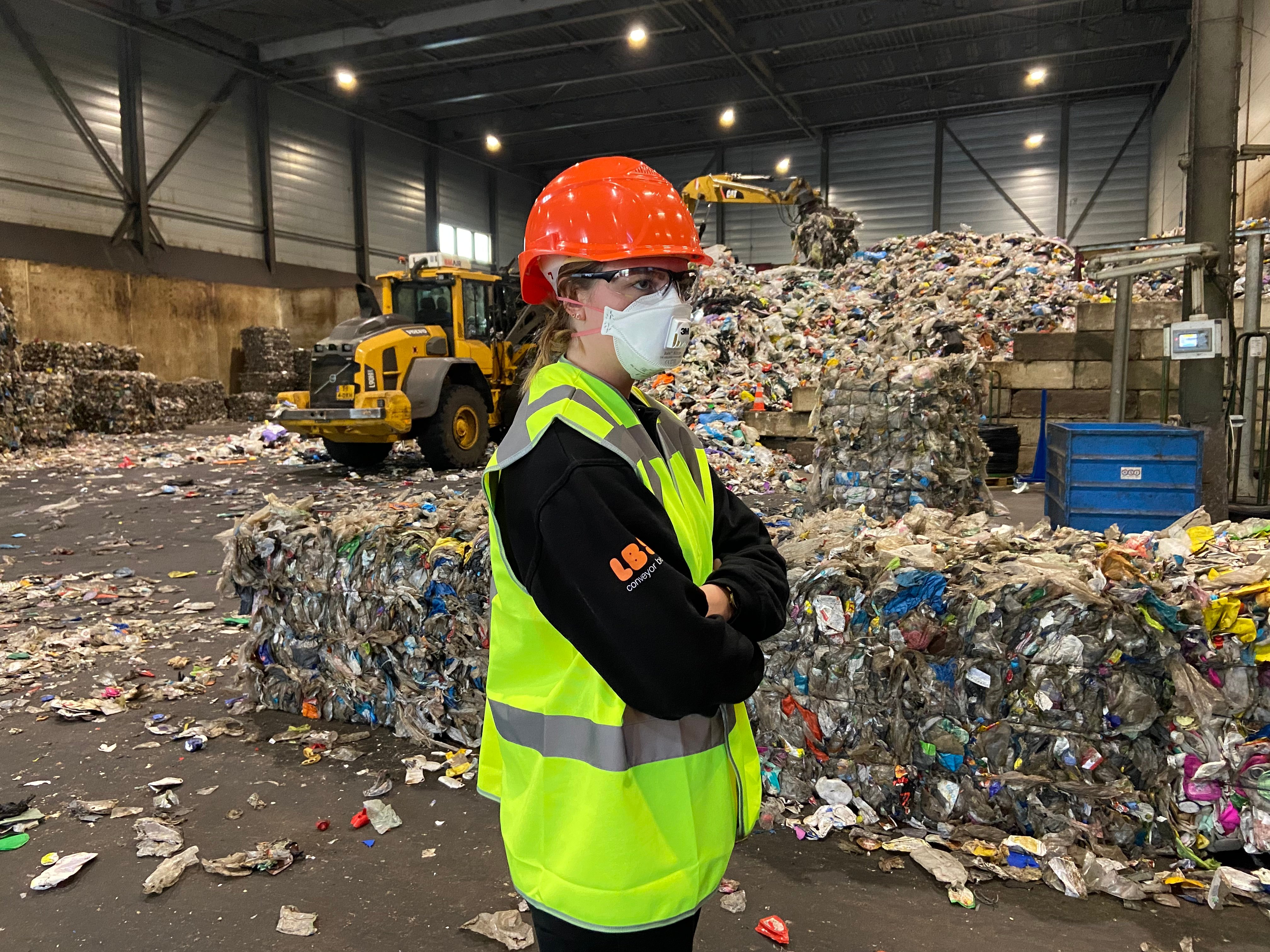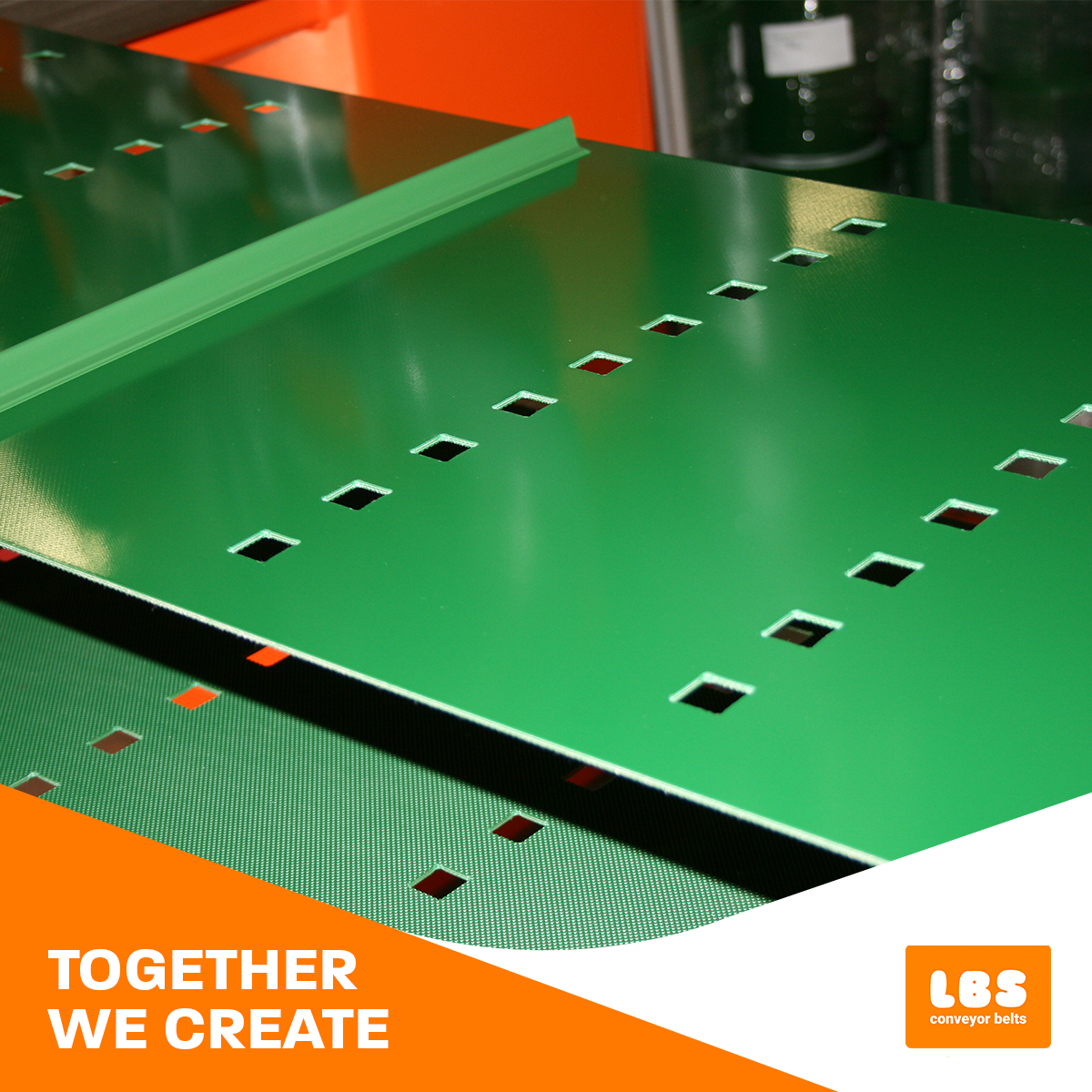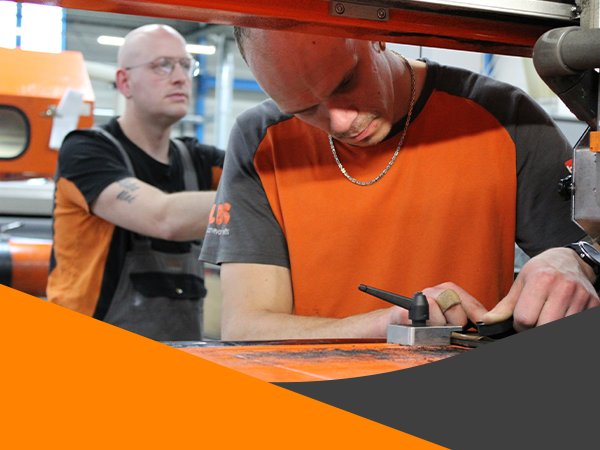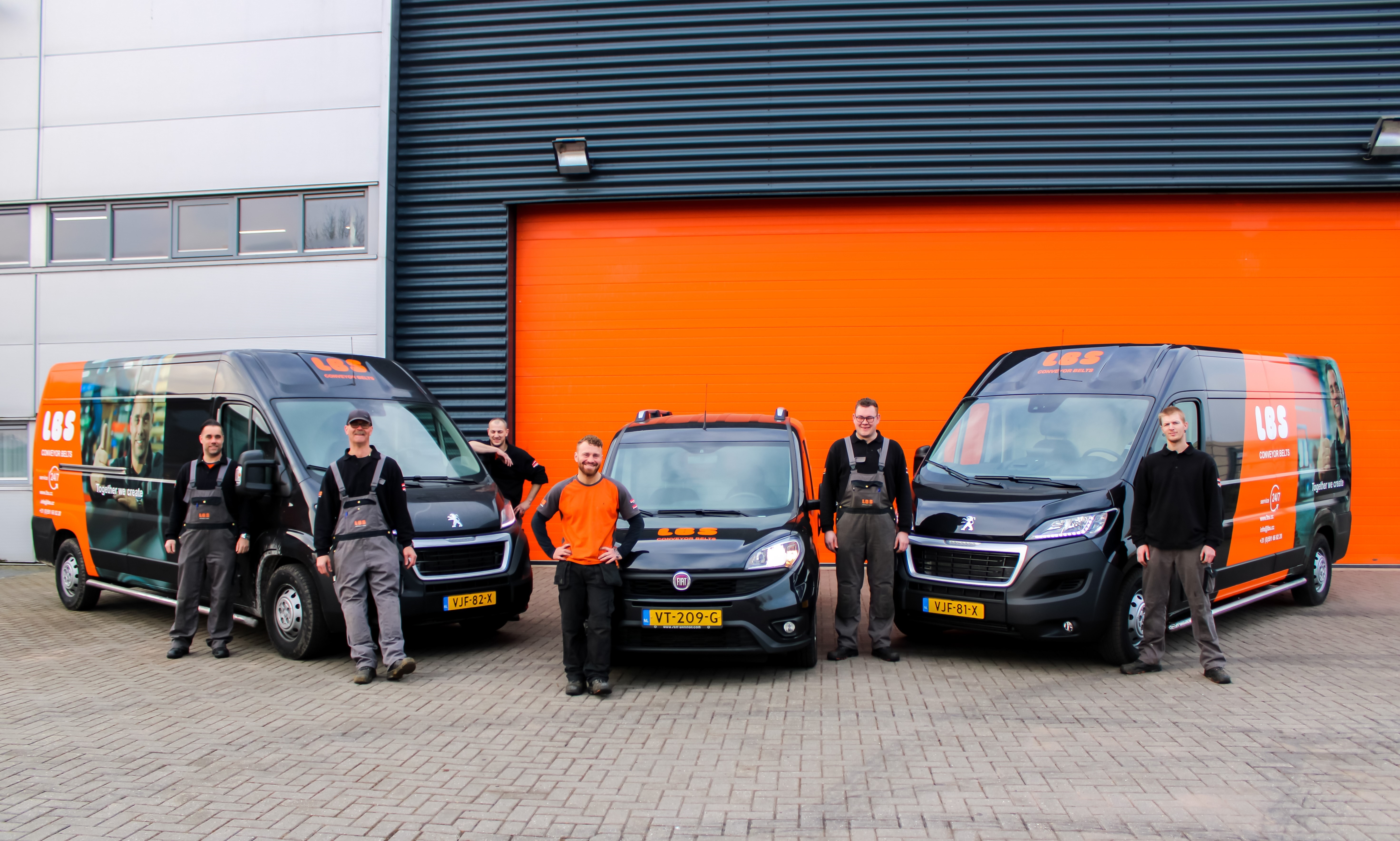HOW DOES CONVEYOR BELT WORK?
In simple terms, a conveyor belt serves to move goods from point A to point B. Indeed, as the name suggests, the main purpose of a conveyor belt is to "transport". Conveyor belts are also known as "conveyor belts". They can be made of rubber and plastic. Conveyor belts are used in various industries and applications to enable efficient and automated material handling.
For a conveyor belt to work properly, certain crucial components are necessary, such as drive drums and reversing rollers. Moreover, several additional components are available to extend the life of the conveyor, such as a scraper or a forcing roller. When a conveyor belt is raised steeply, scrapers, corrugated edges and profiles can be put on the belt to ensure efficient operation.
IMPORTANT APPLICATIONS OF CONVEYOR BELTS
Conveyor belts find application in a wide range of industries, including raw material extraction, the food industry, logistics and farms. But you will also come across conveyor belts in everyday places such as supermarkets, gyms, playgrounds and even amusement park attractions.
Some of the main applications of conveyor belts include:
- Production and manufacturing: In manufacturing facilities, conveyor belts are used to move raw materials, semi-finished and finished products between different production steps. This improves efficiency and reduces manual labour.
- Recycling: At recycling facilities, conveyors are used to sort and move various materials such as paper, cardboard, glass and plastic for recycling purposes.
- Agriculture: In the agricultural sector, conveyor belts are used to harvest and transport crops such as grain and vegetables, as well as to move animal feed.
- Mining and heavy equipment: Conveyor belts play a crucial role in mining and mineral processing. They are used to move ore, coal and other raw materials from the mine to processing facilities.
- Food processing: In the food processing industry, conveyors are used to move food products during different stages of processing, such as washing, cutting, packaging and labelling.
- Logistics and distribution: Conveyor belts are often used in warehouses, distribution centres and airports to move goods from one location to another. They help streamline the order picking process and load and unload trucks and containers.
- Airports: Conveyors are extensively used at airports for transporting baggage between check-in counters, baggage handling systems and baggage belts.
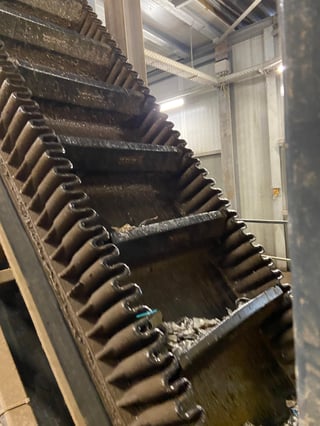
To meet a wide range of requirements, depending on the type of material transported and the environmental conditions, conveyor belts must withstand numerous challenges. These include wear and tear, impact damage, cuts, tears, oil, grease, aggressive chemicals, heat, extreme cold and fire. Moreover, they must also withstand the harmful effects of ozone and UV radiation, which can significantly reduce the life of a conveyor belt. In many cases, conveyor belts even have to cope with a combination of these harmful factors at the same time. The specific features and capacities of conveyors can vary greatly depending on the application. Some conveyors are designed to move heavy loads over long distances, while others are adapted for fine manipulation of small objects. In general, conveyor belts contribute to the automation and efficiency of numerous industries and processes.
A modern conveyor belt is composed of several layers, including:
- Top layer
- Fabric carcass (inlays)
- Underlayer
The production process starts with placing the underlayer in a mould, followed by stacking tissue layers. Intermediate rubber is used to interconnect the layers. The final step involves applying the top cover layer, and in some cases the side is also sealed.
While the actual construction and physical properties of the carcass of a conveyor belt are important, it is ultimately the physical strength and durability of the rubber overlays that determine the operational life of a conveyor belt, and hence its cost-effectiveness. The fabric carcass is the essential of the conveyor belt and consists of inlay layers. This fabric determines both the belt's tensile strength and its degree of extensibility. In addition, the fabric carcass must be able to support the weight of the material to be conveyed and withstand mechanical stress. The pattern of the fabric also affects the required diameter of the drum.
The fabric chosen affects technical properties such as:
- Prevention of static electricity due to friction between the belt and the rollers or sliding plates
- Stretch and shrinkage of the conveyor belt
- Noise reduction using whisper fabric
- Coefficient of friction
Do you have specific requirements and wishes? We are happy to think along with you, to come up with the conveyor belt that perfectly fits your business processes together. Want to have more information?
Together we create!
